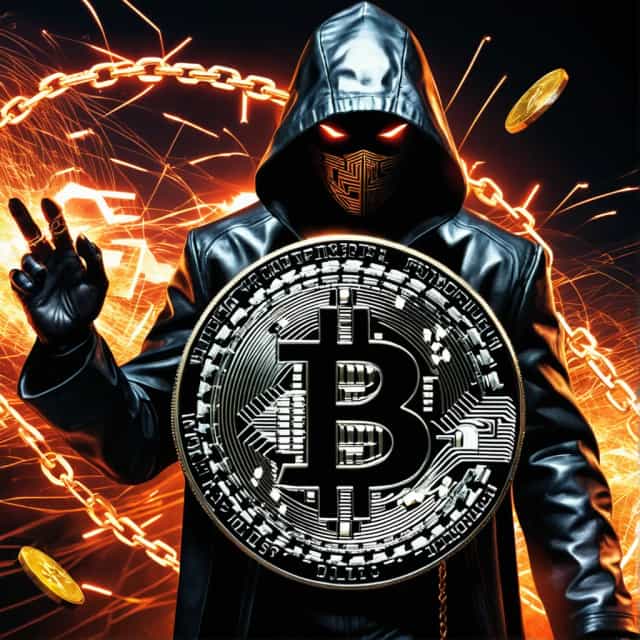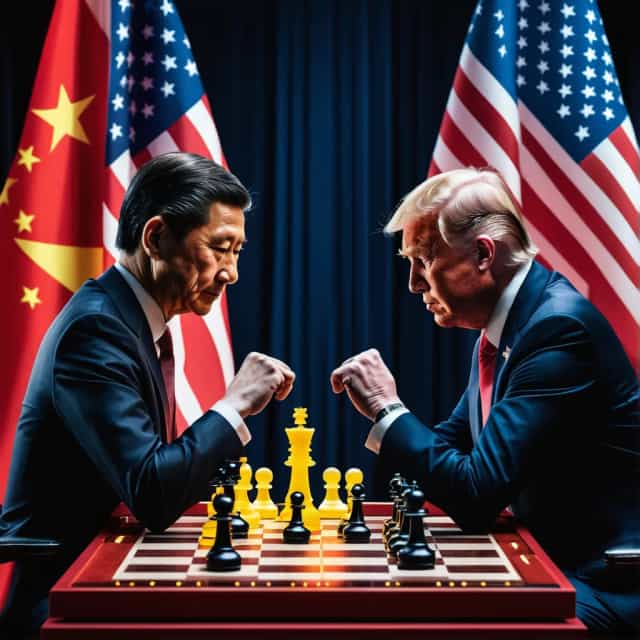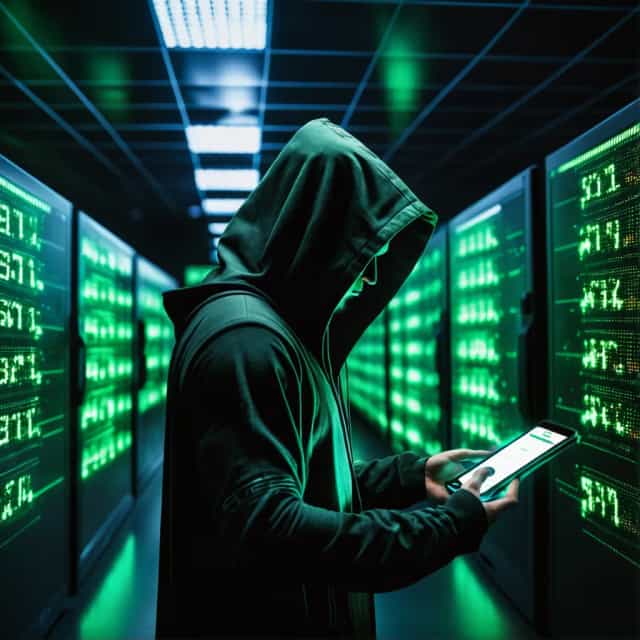
Image source: Block Media
D’Cent Unveils Gaspass Feature to Simplify Blockchain Transactions and Eliminate Gas Fee Barriers
D’Cent, a leading global digital asset wallet provider, has launched its innovative Gaspass feature to streamline blockchain transactions by covering network fees—commonly known as gas fees. This groundbreaking feature aims to address one of the most significant pain points in the blockchain space: stalled transactions caused by insufficient native tokens to pay fees. By simplifying the process, D’Cent is advancing user accessibility and enhancing engagement with on-chain services.
Why Gas Fees Have Been a Major Hurdle for Blockchain Adoption
In blockchain ecosystems, every transaction requires network-specific tokens for processing fees. For example, Ethereum transactions rely on ETH, while Solana uses SOL. Even users with sufficient assets in their wallets can encounter issues due to a shortage of these native tokens. Problems can be exacerbated during network congestion, when elevated gas fees make transactions costly and inefficient.
The challenges multiply further in a multi-chain environment where users need to maintain gas tokens for each network. This operational complexity has been a persistent barrier to the mainstream adoption of blockchain technology, deterring casual users and hindering scalability.
How Gaspass Works: A Seamless Transaction Experience
The introduction of Gaspass directly addresses these systemic issues. With a Gaspass, D’Cent users no longer need to worry about manually managing native tokens for gas fees. This feature automatically covers the fees for a range of essential on-chain activities, including token transfers, swaps, NFT purchases, and more, making the user experience more like that of traditional financial applications.
By eliminating complex configurations and manual adjustments, Gaspass transforms blockchain transactions into a straightforward, intuitive process. The enhanced usability aligns with D’Cent's mission to simplify digital asset management and lower the entry barriers for mainstream users.
Supported Blockchain Networks and Current Availability
As of now, the Gaspass feature supports three of the most prominent blockchain networks:
- Ethereum (ETH)
- Base (BASE)
- Solana (SOL)
Initially, Gaspass is being offered exclusively to participants in specific promotional campaigns, such as holders of NFTs distributed in D’Cent’s Tap That Drop Season 1 and attendees of select events at Korea Blockchain Week (KBW). However, D’Cent plans to steadily expand access to this service, rolling it out to a wider audience in the near future. Furthermore, they intend to incorporate additional blockchain networks into the Gaspass program, responding directly to user demand and market trends.
Aligning with D’Cent’s Strategic Mission
The launch of Gaspass represents a pivotal milestone in D’Cent’s broader strategy to elevate blockchain transactions to the level of convenience found in traditional finance. Recognizing that high gas fees and intricate processes are significant deterrents for users, D’Cent is positioning itself as a leader in reducing friction and enabling broader blockchain adoption.
Speaking about the initiative, a D’Cent representative stated, “Gas fees have consistently been one of the most challenging pain points for blockchain users, often leading to failed transactions or restricted usage due to high fees. Through Gaspass, we aim to enable broader blockchain adoption by allowing anyone to use on-chain services without worrying about gas fees.”
By addressing these key challenges, D’Cent is not only fostering an easier onboarding experience for new users but also facilitating the scalability and sustainability of blockchain ecosystems. Gaspass aligns with their vision to bridge the gap between the evolving digital asset landscape and the familiarity of traditional financial systems.
Advancing Blockchain’s Mainstream Viability
With the deployment of Gaspass, D’Cent underscores its commitment to democratizing blockchain technology. By removing pain points such as gas fees that hinder transactional efficiency and user adoption, the company is making strides toward realizing a more accessible and inclusive digital financial ecosystem.
This innovation is a landmark step in bringing blockchain technology closer to mainstream relevance, ensuring that users at all levels—whether seasoned crypto enthusiasts or newcomers—can seamlessly interact with on-chain services without the barriers traditionally associated with decentralized networks.










